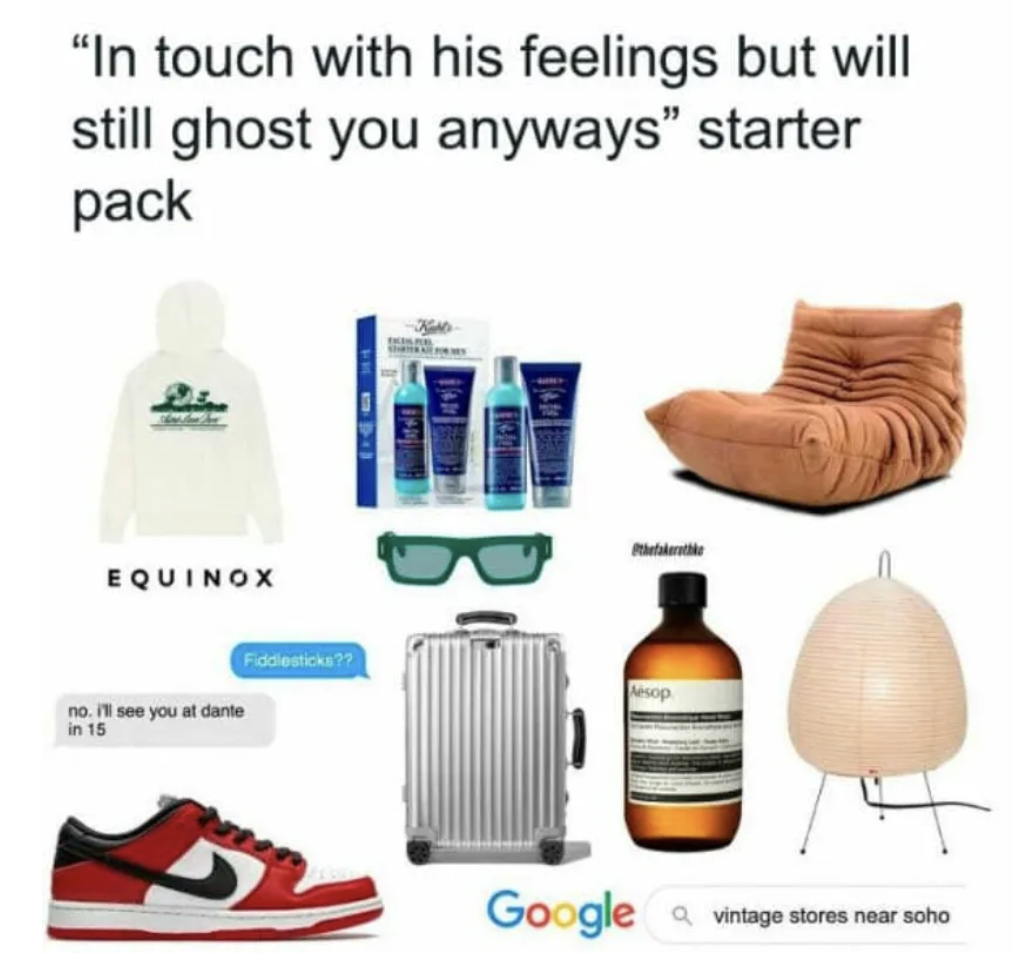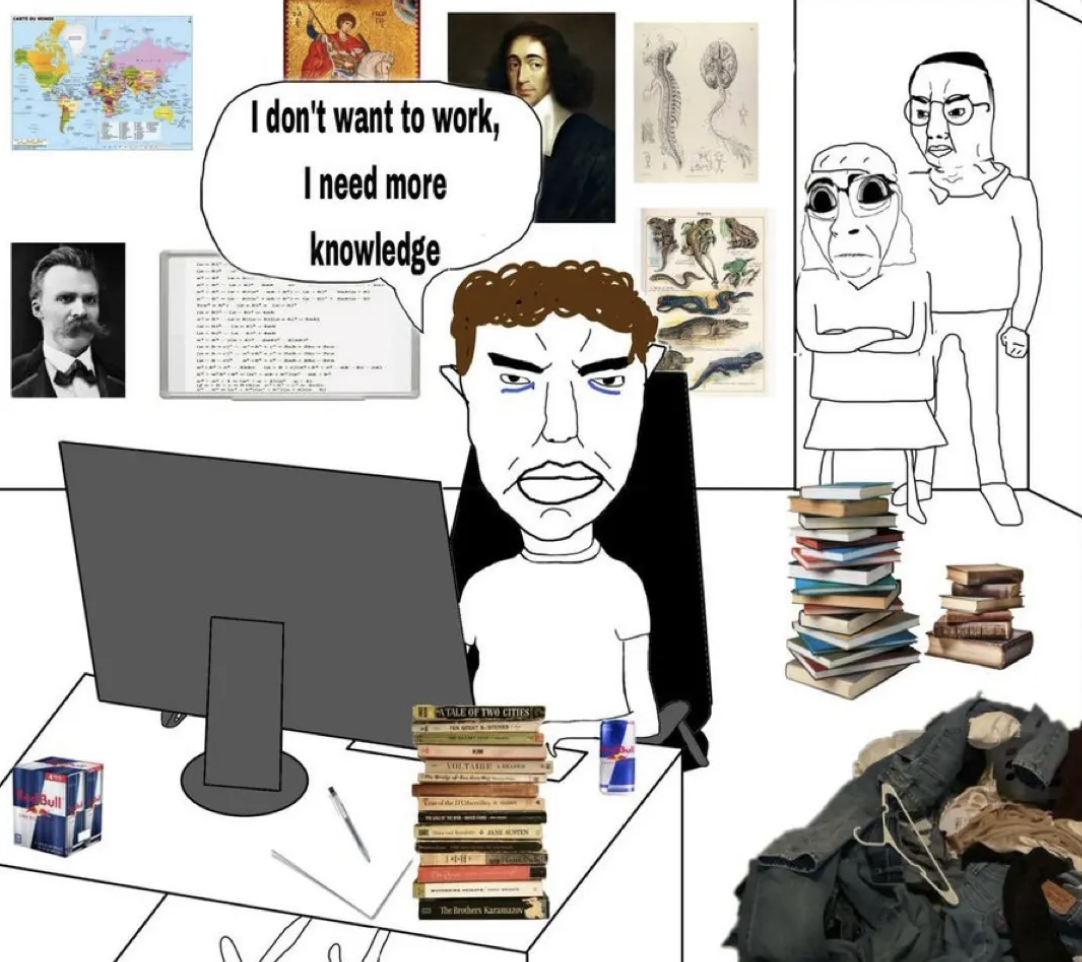As work and life have converged, we continue to see new virtual experiences for nearly every major life event and daily activity.
New startups are being formed with no physical office space. Zillow, a publicly traded company, announced a fully remote policy for its 5,000+ employees until the end of 2020. The new playbook for people & culture is currently being written for a new way of worklife: more flexibility, fewer meetings and an optional office in the future with new safe, socially-distant features.
For the first time in its 45-year run, the late night show that unites America, declared from Tom Hanks’ kitchen, “Live from Zoom, it’s Saturday Night Live!” Bar mitzvahs and baby showers now take place on screens and first dates once scheduled at a local bar are audio streamed on Clubhouse, complete with a remote bartender and an audience.
While sheltered in place, I’ve thought a lot about our quirky culture in Silicon Valley and why the media, #techtwitter and invite-only, private beta, and ‘skip the line’ tools and apps all fail to paint an accurate picture of the open, thoughtful and inclusive nature of daily life in Silicon Valley. Our daily serendipitous interactions are far better than our public-facing personas.
As a long-time gamer, elder egirl and frequently labeled tech bro, I thought what if we created the Sims or Animal Crossing, but for the people of Silicon Valley?
This thought kicked off what would become Stay at Home Valley – a spatial interface and digital recreation of the Bay Area tech ecosystem that anyone could access and collectively build. A single Figma file shared with a simple link: no wait list, invite code, or moderator.

Bringing the Serendipity and Energy of The Bay Area Online
Before moving to San Francisco, I lived in a number of places starting in the suburbs of Ohio then Sydney, Hong Kong with a number of month long stints in other places in between. Since then, I’ve fallen in love with Mexico City, “split my time” with Los Angeles and frequently have the same thought: there’s no place quite like Silicon Valley.
As we translate our in-person interactions into online equivalents, it’s hard not to miss the electricity of the city: driven individuals and teams, the eagerness to pay it forward, and the unbridled enthusiasm that we lovingly call founder craziness. I’ve described Silicon Valley as a place where a cold email and a coffee can change your life.
Paul Graham’s ode to great cities succinctly captures how our environment can shape us:
“Great cities attract ambitious people. You can sense it when you walk around one. In a hundred subtle ways, the city sends you a message: you could do more; you should try harder.”
As someone who has personally experienced the magic of running into someone at Bluebottle or catching up while waiting for an Uber, I wanted to build an online equivalent that captured the serendipitous moments that make Silicon Valley great.
Designing the Virtual Valley
I wanted to create a safe space where anyone could share company updates, meet someone new, or build something from scratch.
I worked with designer Fiona Carty, a Boba Guys-alum who I hired two days after the company let go of 400 people and shut 17 locations in a single day.
Fiona contacted me via Instagram DMs and I was blown away by her ability to build authentic communities through technology that's traditionally used for work: Figma, Notion, and Airtable.
We built Stay at Home Valley in Figma late one evening. We started with a few key buildings and tech influencers. Shortly after, we shared a link to the public Figma file to the #DesignTwitter community and launched it on Product Hunt.
How the Tech Community Responded
Stay at Home Valley saw 15,000 visits in less than 24 hours. In total, the map has over 200 startup offices and points of interest including Dropbox, Instagram, Webflow, and the Salesforce Tower. It also saw coverage in Fast Company, Business Insider and New York Times tech, memes, internet culture writer Taylor Lorenz tweeted about it (twice!)
Visitors to our virtual world built their startup, added their office dog, and re-opened their favorite places like Boba Guys, Mission Cliffs and nostalgic points of interest.
For two weeks, we pushed Figma’s 50 editor maximum per file limit, which we candidly called “Dreamforce-level traffic” in and out of the city.
While many online communities and digital gathering can be difficult to moderate with harassment, spam, and the new threat of Zoombombing, we saw zero malicious postings or spam. If anything, this was an early signal that it is in fact “time to build.”
Founders, designers, individuals with no design experience collaborated to host COVID-19 relief events, celebrate new rounds of funding and build a better city altogether with more housing and free, safe transportation.

The Spirit of Silicon Valley Goes Online
Bay Area-dwellers quickly brought their energy to Figma. The community "re-opened" their favorite local businesses:
- Boba Guys re-opened across the city
- local climbing gyms invited people back
- trendy date spots like Dumpling Time came back to life

To Provide a safe form of transportation for the citizens of Stay at Home Valley during shelter in place, Adam Noffsinger, a product designer at Cruise, added autonomous vehicles throughout the city.

Across Stay at Home Valley, real life was happening too. A romantic engagement announcement appeared near Dropbox's office. Hidden inside jokes cropped up throughout the city—near the headquarters of Square and Twitter, you’ll find a secret tunnel for Jack Dorsey to travel between meetings.
Other valley-unique features include AWS, Google Cloud, Azure and Riot Games hovering symbolically in the sky.
Beyond the Bay Area, new cities like Seattle, Los Angeles, Salt Lake City, Lisbon and more emerged with major points of interest and a growing startup scene. In the spirit of distributed work, “Remote Land” was added, where the fully remote team at Doist sits.
The Virtual Valley Gives Back
Stay at Home Valley residents had their fun while still providing for covid relief efforts. Flexport was added to the map as the company focuses their efforts on COVID-19 relief; they’ve delivered 62 million pieces of personal protective equipment. They’re also recruiting in Stay at Home Valley, a sign near their HQ reveals that they're hiring infrastructure engineers.
Spotify CEO can be spotted near the Spotify SF office for a charity event supporting Spotify's COVID-19 Music Relief page dollar-for-dollar up to a total Spotify contribution of $10 million.
Plus, residents of Stay at Home Valley re-opened The Wing, which laid off hundreds of its staff including friends in SF, and invited Audrey Gelman to join a charity event to support The Wing Relief Fund.

Spotting News and Celebs on Figma
Stay at home valley was also abuzz with booming business and nods to key Bay Area players.
On the platform, Notion announced a $50M funding round at $2B valuation – Index Ventures' Sarah Cannon was digitally added leaving the office while Cristina Cordova is seen joining Stripe as their Head of Platform & Partnerships. You'll also find shoes outside the office, a nod to Notion's no shoes culture.
Celebrity CEOs were added to Figma, including Naval Ravikant in the clouds, Tobi Lütke playing Starcraft, and Ivan Zhao celebrating Notion’s $2B valuation.
YCombinator is featured on the map with representations of Paul Graham and Jessica Livingston. This is fitting given the accelerator’s first remote Demo Day in March and the recent news of their YC S20 Remote Batch.

Stripe announced its latest round $600M round with board member and avid sailor Diane Green outside sailing in Stripe's moat protected by unicorns.

In between historic buildings, interesting startups, and city landmarks, Stay at Home Valley gave people a fun way to recapture some of the magic of The Bay Area and beyond.
With an extended period of time at home, my hope is we’ll continue to watch the builders thriving in the new world think of creative ways to bridge the gap between real and virtual worlds.
If you’re building something new, either a startup or a fun creative project, say “hi” on Twitter.
Also check out:





